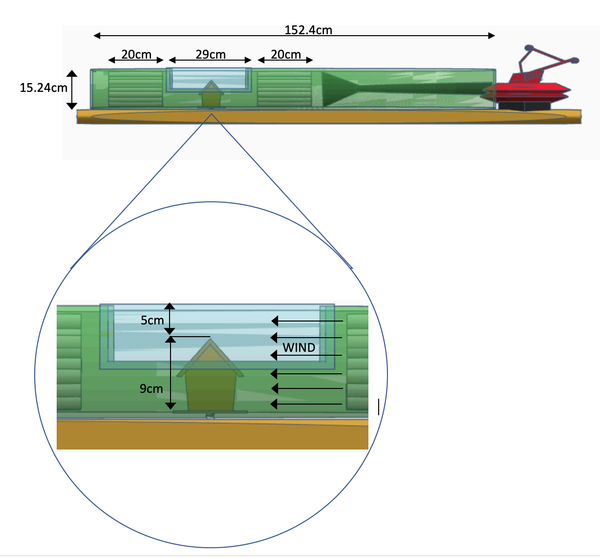The Effect of Wind Mitigation Devices on Gabled Roofs
(1) North Broward Preparatory School, Coconut Creek, Florida
https://doi.org/10.59720/20-152
Hurricanes are dangerous storms that can cost both lives and millions of dollars’ worth of damages each year. Much of the damage from hurricanes comes from winds that cause pressure differences and uplift forces that can make roofs blow off. Methods in place today to mitigate these forces primarily involve the strength and type of attachments of the roof to the walls of the house, but previous studies have shown how mitigation devices can redirect the airflow on a roof to reduce the uplift forces. The purpose of this study was to test devices installed on a gabled roof to see which reduced the actual uplift forces best. A wind tunnel made of PVC pipe, an acrylic sheet, and a leaf blower on a wooden base, simulated the hurricane winds. Three gabled birdhouse roofs were each modified with different mitigation devices: a rounded edge, a barrier shape, or an airfoil. The barrier edge had no significant effect on the time for the roof to blow off. The rounded edge and the airfoil had significant effects, with the airfoil taking the longest time for the roof to blow off. This suggests that the addition of airfoil devices on roofs, specifically in areas that are prone to hurricanes such as Florida, could keep roofs in place during hurricanes, thus reducing insurance bills, overall damage costs, and the loss of lives.
This article has been tagged with: